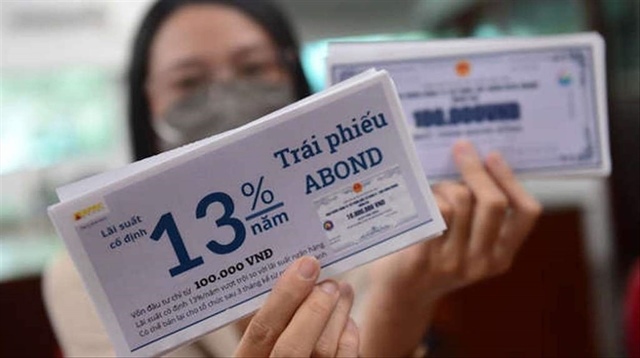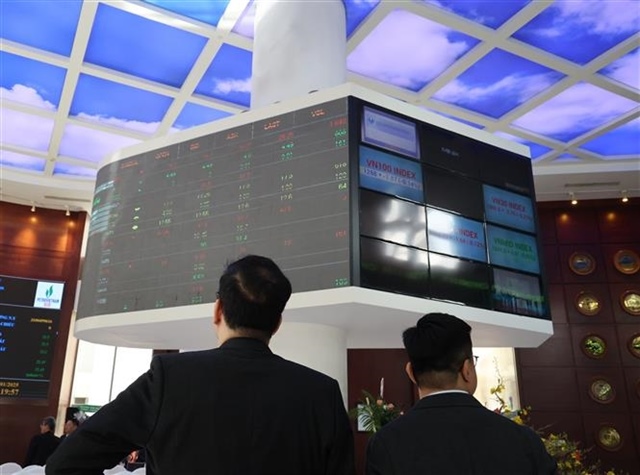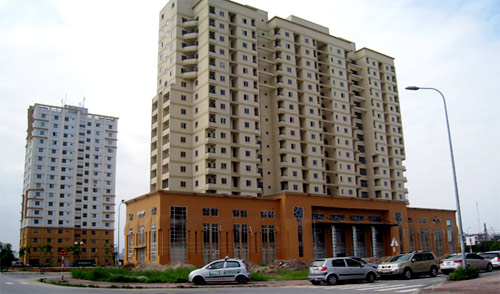G-bonds difficult to sell
G-bonds difficult to sell
The State Treasury will find it tough to realise a recent government request to raise VND20 trillion through government bond sales this year on weakened demand for the debt paper

Demand for G-bonds on the primary and secondary markets has been in decline since April last year as noted by the Ministry of Finance. Debt paper demand on the primary market has remained low even though bond coupons have surged amid expectations that interest rates might increase in short term in line with credit growth expectations.
The G-bond auction late last week sharply pulled down the coupon on the secondary market as well. In addition, high liquidity in the banking system, low borrowing costs and lower inflation have led bond demand to rise and caused secondary market coupons rates to fall.
The government issued only VND1.15 trillion worth of bonds in the auction on July 12, accounting for 23 percent of the initial plan, according to Bao Viet Securities Co. (BVSC). The bidding coupon of two-year bonds was 9.5 percent, up 0.61 of a percentage point month-on-month, while that of the three-year debt paper was 9.75 percent and the five-year one 9.9 percent, up 75 and 45 basis points from the previous month respectively.
Similarly, the secondary market for government bonds has remained quiet, with most transactions focusing on short tenors of up to three years. Secondary market coupons in recent times have kept plunging, hovering around 8.95 percent, 9.3 percent and 9.6 percent for two, three and five year tenors.
Since early last month, there have been a mere VND1.65 trillion worth of government bonds issued, equivalent to 16.5 percent of the target. The Ministry of Finance wants to raise VND25 trillion from bond sales this quarter but experts from Ho Chi Minh Securities Corporation (HSC) said it is hard to carry out the plan in the present tough situation.
Data of BVSC, Hanoi Exchange (HNX), the State Treasury and the Social Policy Bank all showed transaction volumes on the secondary market dipped 42 percent last month. Due to the stagnant primary market, secondary market transactions also shrank in number, with liquidity in July only reaching VND8.9 trillion, only 58 percent of the preceding month’s figure.
The yield curve in July still fell, with coupons for short tenors plummeting most as a result of bank interest rates declining.
The yield of one-year bonds was down by 51 basis points to 8.99 percent while that of two year tenors slipped 0.25 percent to 9.2 percent and three year terms slid 0.2 percent to 9.3 percent. Bond coupons of five, seven and ten years went down 0.15, 0.2 and 0.2 of a percentage point to 9.5 percent, 9.7 percent and 9.7 percent respectively.
This is contrary to what had happened in the second half of June when the yield curve soared substantially as investors rushed to sell the debt paper for fear of a future upsurge in interest rates.
BVSC experts warned: “With a recovery of macroeconomic indicators and a government relaxing of policy, we believe bond coupons of short terms will keep decreasing while yields of middle and long term bonds will remain stable. However, we need to be cautious about the situation in which an upsurge in supply will put downward pressure on bond prices since lenders will shift to holding other assets than G-bonds.”
Saigon Times Daily






















